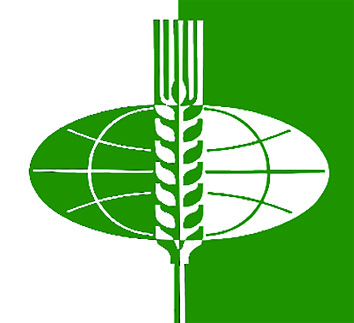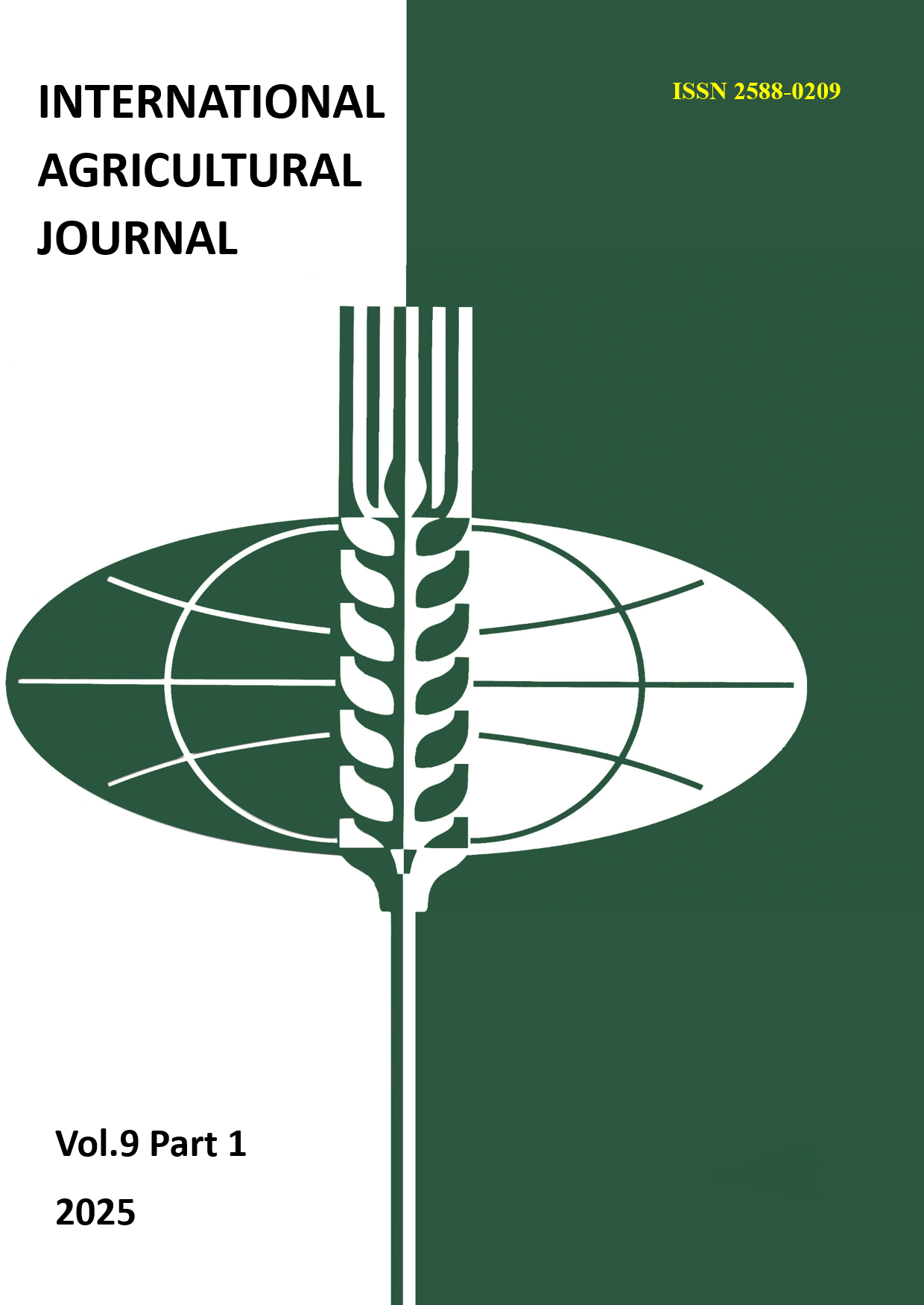Different plots of land differ greatly from each other in the income they bring to those who use them. Some lands are fertile, others are not, some are close, others are far from the market for the products produced on them, some lands are located near waterways and civilization centers - large cities, and others are so remote that they can provide only a meager living for users. Society creates additional value for land by investing in the construction of roads and railways, schools, other social facilities, as well as due to the fact of the presence of people. All these advantages and disadvantages can be taken into account with the help of land rent, and this rent, established under the influence of market relations, becomes a true measure of the benefit of owning a particular plot of land. If the landowner pays the cost of annual rent to the state, then different rent amounts for different plots of land create equal conditions for everyone. By paying land rent to the state (an economic measure of the superiority of a given land plot in relation to others), the landowner thus pays for the state's public expenditures that made this land valuable (roads and railways, social and engineering infrastructure). This article discusses methods for calculating land rent and its use in establishing land tax, rent, cadastral and market value of agricultural land, and the amount of per-hectare state support for crop production on lands with negative land rent.
land rent, rent intensity maps of productive agricultural lands, socialization of land rent
1. Sel'skoe hozyaystvo v Rossii. 2023. Statisticheskiy sbornik Federal'naya sluzhba gosudarstvennoy statistiki (Rosstat) Moskva 2023.
2. Loyko P.F. Zemlepol'zovanie. Rossiya, mir (vzglyad v buduschee) Kniga pervaya (P.F.Loyko, Gosudarstvennyy universitet po zemleustroystvu – M., 2009 – 332 s.
3. Doklad FAO OON «Polozhenie del v oblasti prodovol'stviya i sel'skogo hozyaystva» Rim, 2012 g.
4. «Metodicheskie ukazaniya po provedeniyu kompleksnogo monitoringa plodorodiya pochv zemel' sel'skohozyaystvennogo naznacheniya», odobrennye Nauchno-tehnicheskim sovetom Minsel'hoza Rossii 09.04.2003 g. (protokol № 8) i utverzhdeny Prezidentom Rossiyskoy akademii sel'skohozyaystvennyh nauk G.A. Romanenko 17.09.2003 g., Ministrom sel'skogo hozyaystva Rossiyskoy Federacii A.V. Gordeevym 24.09.2003 g.
5. Posevnye ploschadi Rossiyskoy Federacii. Rosstat. Glavnyy mezhregional'nyy centr. Moskva. 2024 god.
6. Buhgalterskiy balans na 31 dekabrya 2022 goda. Minsel'hoz RF. Sel'skoe hozyaystvo. Otchet o finansovyh rezul'tatah. Otchet o proizvodstve, zatratah, sebestoimosti i realizacii produkcii rastenievodstva. Otchet o finansovo-ekonomicheskom sostoyanii tovaroproizvoditeley agropromyshlennogo kompleksa, sel'skohozyaystvennyh tovaroproizvoditeley, poluchateley sredstv, proizvoditeley zernovyh kul'tur za 2022 god. Belgorodskaya oblast' (SH), Penzenskaya oblast', Kostromskaya oblast'.
7. Adam Smit (1723-1790) «Issledovaniya o prirode i prichinah bogatstva narodov» /Shedevry mirovoy ekonomicheskoy mysli. Petrokommerc, 1993 g., 320 s.
8. Al'fred Marshall (1842-1924) «Principy ekonomicheskoy nauki» Kniga 6. Glava IX «Zemel'naya renta». Moskva. Izdatel'skaya gruppa «Progress» - 1993 g. 415 s. ISBN-5-01-004-200-2.
9. https://torgi.gov.ru/new/public/lots/reg
10. Shumpeter Yozef Aloiz (1883-1950 gg.). Angliyskiy ekonomist. «Teoriya ekonomicheskogo razvitiya» 1911, 1926, 1934, 1937 gg. – S. 61, 67, 69.














